Inventory Management — Everything You Should Know
Procurement Tactics
JUNE 8, 2023
Managing lead times effectively ensures that inventory is available when needed. Strategies may include negotiating shorter lead times with suppliers or finding alternative suppliers with quicker delivery times. Minimum Stock Levels This technique involves setting minimum inventory thresholds for each item to avoid stockouts.




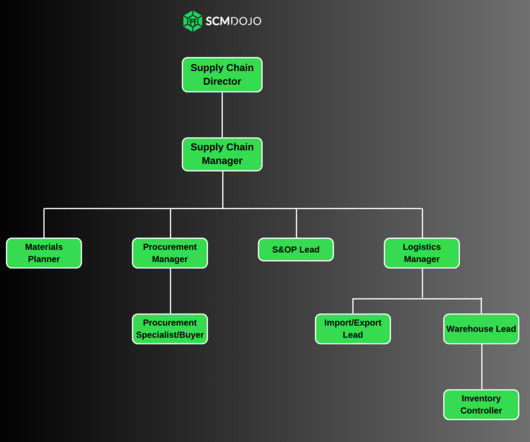
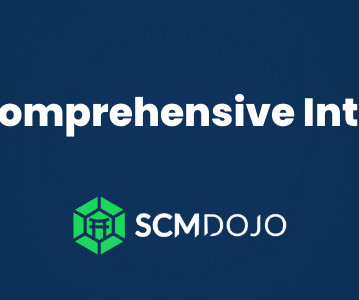
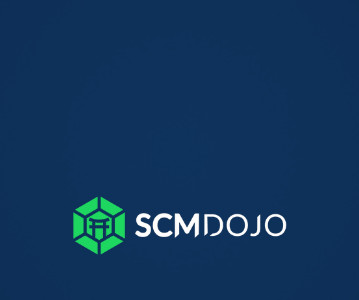




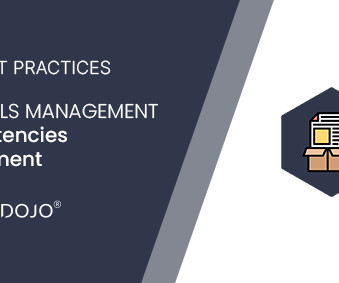







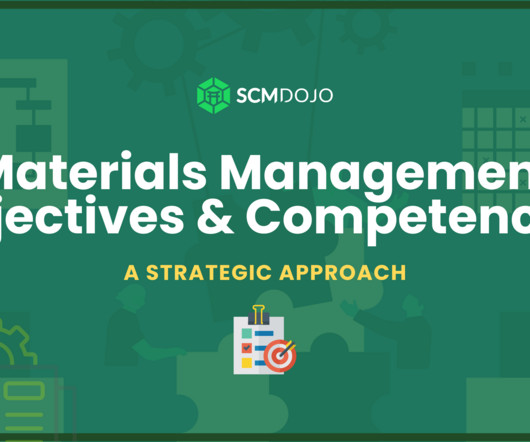







Let's personalize your content